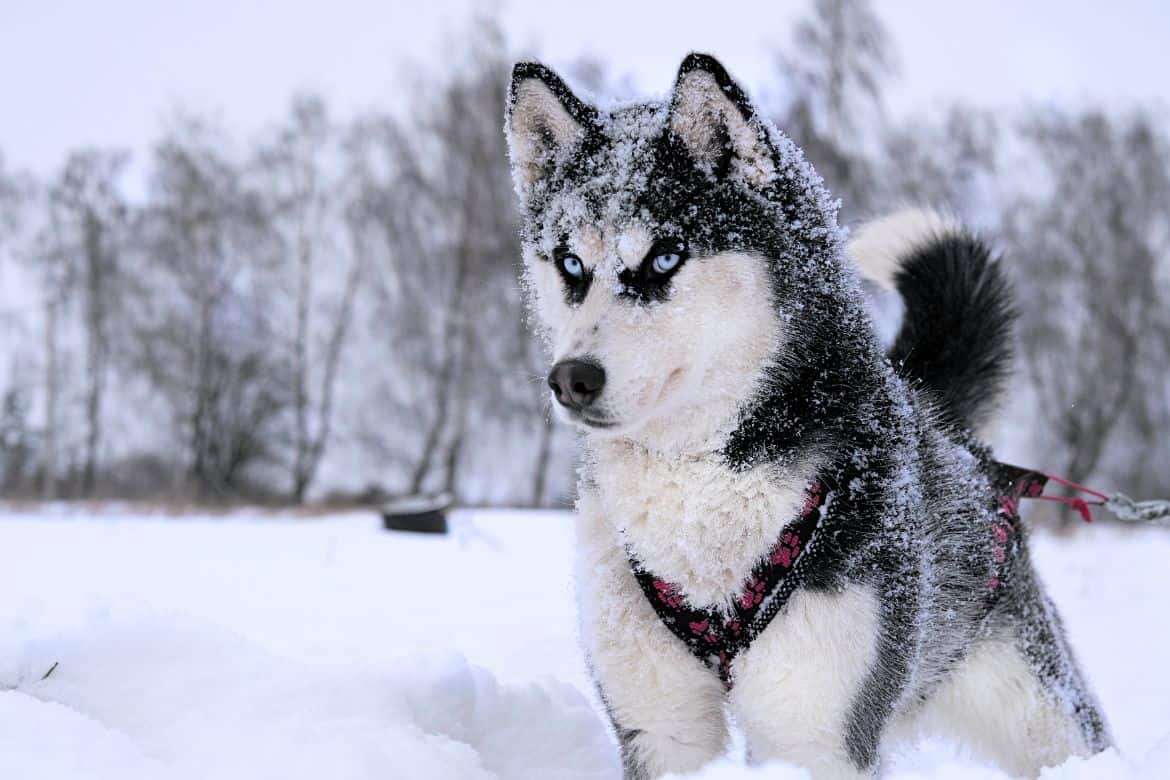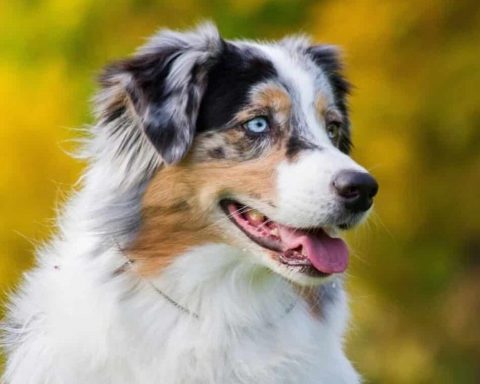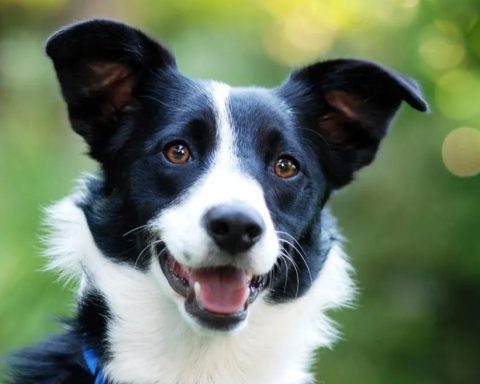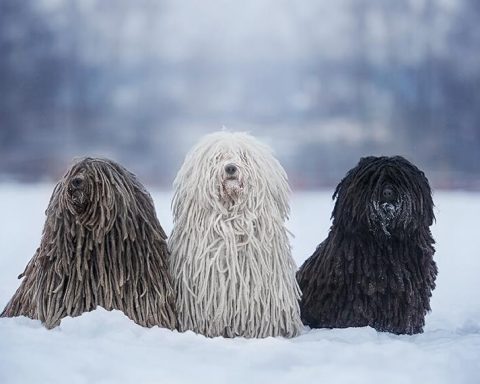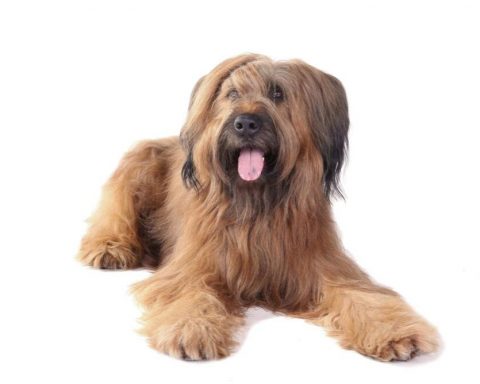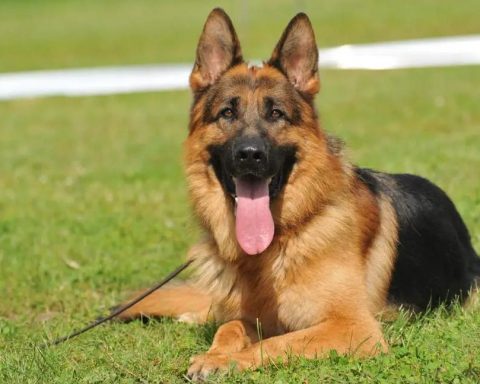General Appearance
The Siberian Sled Dog is a medium-sized working dog that is light on its feet and moves beautifully. The body is compact, with a very thick coat, erect ears and a brush-like tail, showing the genetic characteristics of the northern regions. The gait is very characteristic: smooth and effortless. His earliest role was to pull carts, and he is still very good at this task, traveling considerable distances at moderate speeds while towing lighter loads. His body proportions and conformation reflect the most basic balance of strength, speed and endurance. Males are muscular but not roughly defined; females are feminine but not weak. Under normal conditions, a well-muscled, well-developed Siberian Sled Dog will not be able to drag anything too heavy.
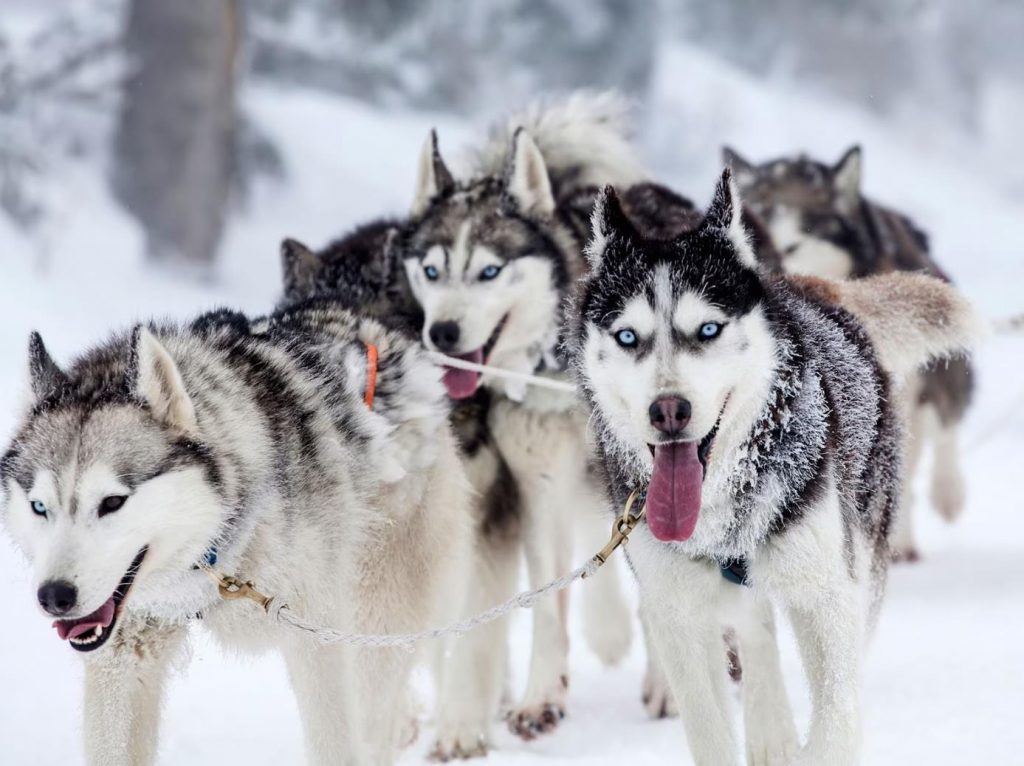
Size, Proportions, Appearance
Height: males, 21-23 inches at the shoulder; females 20-22 inches. Weight: males, 45-60 pounds; females 35-50 pounds. Weight should be coordinated with height. The above figures represent the limits for height and weight; those outside these limits cannot be considered excellent. Excessive bone structure or excess weight will affect race performance. When viewed from the side, the length from the point of the shoulder to the very end of the hip should be slightly greater than the height from the ground to the top of the horse’s shoulder rump. Failure: males over 23 inches, females over 22 inches.
Head.
Firm, but friendly expression; curious, even mischievous. Eyes almond-shaped, moderately separated and slightly slanted. Eyes may be brown or blue; two eyes of different colors are acceptable if the color meets the criteria. Flaws: Eyes too slanted; too close together. Ears are moderately sized, triangular, close together, and located higher on the head. Ears thick, covered with thick hair, slightly arched where the neck joins the head, powerfully erect . The tips are slightly rounded and point straight up. Defects : Ears out of proportion to the head, appearing too large; too widely separated; not erected strongly enough. Cranium of medium size, in proper proportion to the body; slightly rounded at the top, tapering from the widest part to the eyes. Flaws: head is awkward or too heavy; head is too well defined. stop (notch in face)-stop is very pronounced; nose straight from stop to end. Flaws: stop is not pronounced. The length of the muzzle is medium; the length from the end of the nose to the stop is equal to the length from the stop to the occipital bone. The width of the muzzle is moderate, tapering to a point, and the end is neither pointed nor square. Defects: muzzle too thin or too thick; too short or too long. Nostrils: Gray, tan, or black dogs have black nostrils; bronze dogs have liver-colored nostrils; pure white dogs may have brightly colored nostrils. A pink-striped “snow nose” is also acceptable. Lips are evenly colored and tightly closed. Teeth are clipped. Defects: Non-shearing bite.
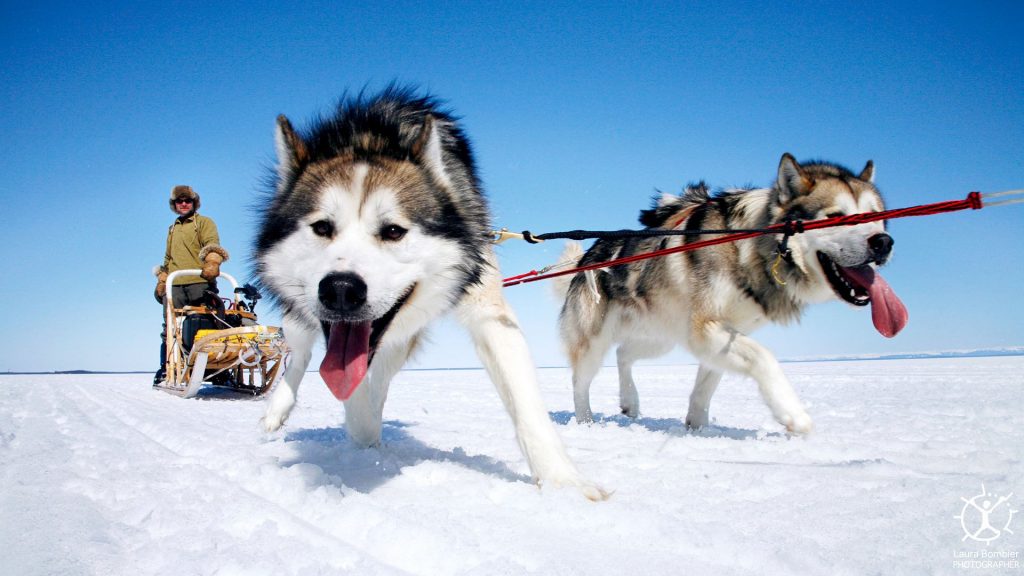
Neck, Dorsal Line, Carapace
Neck: Medium length, arched, erect and elevated when standing. Neck extended at trot, head slightly forward. Defects: neck too short, too thick; too long. Chest: Deep, strong, but not too broad, deepest point just behind the elbow and level with it. Ribs fully expanded outward from the spine, but flattened laterally to allow free movement. Defects: chest too broad; “barrel ribs”; ribs too flat or weak. BACK: Straight and strong back, with a flat dorsal line from the horse’s shoulders to the hips. Medium length, not rounded or flabby from excessive body length. The loin is tight, sloping, narrower than the chest, and slightly folded. The hips slip down the spine at an angle, but the angle should not be so steep that it interferes with the backstroke of the hind legs. Defects: back flabby and weak; arched back; sloping dorsal line. TailThe tail is richly furred like a foxtail and lies just below the dorsal line; the tail is usually carried on the back in a graceful sickle curve when the dog is standing upright. The tail is not curled on either side of the body when raised, nor does it lie flat on the back. Normally, the tail is wagged in response. The hairs on the tail are of medium length, and the hairs on the top, sides, and bottom are about the same length, so that it looks much like a round foxtail. Defects: the tail lies flat or is tightly curled; the root of the tail is positioned too high or too low.
Front Half of Body
Shoulders: shoulder blades tucked back. From the point of the shoulder to the elbow, the upper arm has a slightly backward angle and is not perpendicular to the ground. The muscles and ligaments between the shoulder and chest are well developed. Defects: Straight shoulders; loose shoulders. Forelegs: Standing from the front, the legs are moderately distant from each other, parallel, straight, with the elbows close to the body, not turned inward or outward. When viewed from the side, the bony cross joints have a certain angle of inclination, strong and flexible. The bones are strong and powerful, but not heavy. The distance of the leg from the elbow to the ground is slightly greater than the length from the elbow to the top of the horse’s shoulder rump. The upper claws of the front legs can be removed. Lean: Bone cross joints weak; bones too cumbersome; legs too widely or narrowly divided when viewed from the front; elbows turned out. Oval feet, not long. Claws of medium size, close, with abundant hair between the toes and the fleshy pads. Flesh pads dense and thick. When the dog stands naturally, the paws cannot be turned out or in. Defects: figure-of-eight feet, or weak toes; paws too large and clumsy; paws too small and slender; toes turned in or out.
Hindquarters.
When viewed from behind while standing, the two hind legs are moderately far apart and parallel. The upper thighs are well muscled and powerful, with the knees fully bent and the ankles well defined and low to the ground. If there is an upper claw, it can be removed. Defects: straight knees, cow-hocks, too narrow or too wide at the rear.
Coat
The Siberian Sled Dog’s coat is double-layered, medium-length, and appears to be dense, but not too long to hide the dog’s own well-defined outline. The undercoat is soft, dense and long enough to support the outer coat. The coarse outer hairs are straight, smooth, and matted, not rough, and should not be erect. It should be noted that the absence of an undercoat during the moulting period is normal. The whiskers may be trimmed as well as the hair between the toes and around the feet for a neater appearance. Trimming the hair on other parts of the body is not permitted and is severely penalized. DEFECTS: Coat is long, rough, straggly and fluffy; texture is too rough or too silky; trimming of coat other than the above permitted areas.
Colors.
All colors from black to pure white are acceptable. A few other color spots on the head are common, including many patterns not found in other breeds.
Gait
The standard gait of the Siberian Sled Dog is smooth and soothing, and looks effortless. Quick and light on their feet, they should not pull too tightly when on the race course, and should run fast at a medium speed, demonstrating good reach in the forelimbs and a strong drive in the hindlimbs. Traveling from front to back, the Siberian Sled Dog is not a one-way movement; as the speed increases, the legs gradually extend forward until the toes all fall on the longitudinal central axis of the body. Once the footprints are centered on a line, the front and hind legs are extended straight forward, with neither the elbows nor the knees turned outward or inward. Each hind leg follows the line of the front leg on the same side. The dorsal line remains tense and level as the dog carries the step. Defects: short, jumping or undulating gait; awkward action or rolling gait; crossed or crabbed gait.
Temperament.
The Siberian Sled Dog is typically friendly, gentle, alert and enjoys socializing. He does not exhibit the strong territorial possessiveness of a guard dog, is not overly suspicious of strangers, and will not attack other dogs. The adult dog should possess a degree of caution and authority. This breed is intelligent, gentle, and enthusiastic, making it a suitable companion and loyal worker.
Summarizing
The most important characteristics of the Siberian Sled Dog are medium size, moderate bone, well-balanced proportions, ease of movement, a characteristic coat, a lovely head and ears, a correct tail, and a good disposition. An over-exaggerated skeletal appearance or excess weight, a restrained or awkward gait, a long, coarse coat will be penalized. The Siberian Sled Dog must not appear to be overweight, with such a rude appearance that it resembles one doing hard work; or too light in weight, slender, and resembling a racing dog. Both males and females, Siberian Sled Dogs exhibit great endurance. Although not explicitly stated here, some of the obvious physical structural defects that apply to all breeds apply to the judging of Siberian Sled Dogs, in addition to those mentioned above.
Failure.
Males are higher than 23 inches and females are higher than 22 inches.
